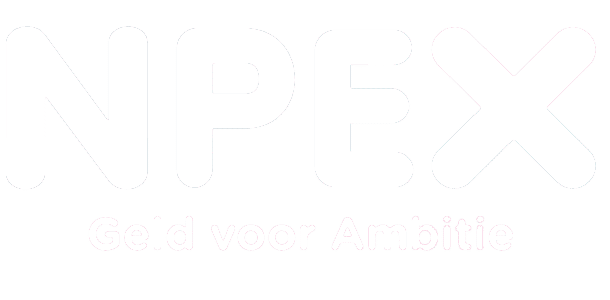Over the past days Jeroen Jansen and I had several discussions about the business value of Syncplicity. Why sell a enterprise look-a-like of DropBox at a price that matches Office 365? There had to be more.
Both the keynote of Rohit Ghai and Jeroen van Rotterdam gave a different angle to it: being able to sync between the many clients that some way or another use information from within Documentum. And not only sync it, but also wipe it when needed.
Syncing includes ‘simple’ things like providing you with a notification when a particular document has been updated. So imagine you’re on a remote device and an important document has been updated in the content server. You mobile client then will give you a notification that the older version of that document — if it happens to be on your mobile device — must be replaced. So syncing extends beyond content. It’s also about knowing where cached copies of documents reside. And with that knowledge you can off course wipe it when needed.
In Jeroen’s architecture session the word sync showed up as part of two environments: on premise and the next-gen public cloud. So think of it. Information available in multiple environments but fully controlled: we know where it sits. It sit in the grips of the enterprise.
Suddenly Syncplicity becomes a suited technology for connecting people to the enterprise. A story we believe in for some years now. A story that is recognized by EMC when listing to Rohit’s keynote. A story we read from the roadmap that Jeroen van Rotterdam shares.
Connecting People to the Enterprise is a key message for most organizations. The new normal.


















